#academic blog
Explore tagged Tumblr posts
Text
Got results from exams back!
So, I was quite nervous but today I found out the scores and I got a 99.8% on my computer science exam, and a 100% on my advanced mathematics course!!!! I was also inducted into the National junior honors society and found out of my current GPA is a 4.0, so over all (academically) very good. Personally had a family emergency so on that end, absolutely horrible and will effect my family dynamic for years to come but hey. This isn’t a vent blog. We look for the positives here! So I’m finding the light in this time, and trying to support my loved ones as well. 🫶
Methods of study I used:
- Blurting my notes!
- USING BLOOKETS???? Absolute GOD SEND for studying if you have ADHD and quizlet gets boring for you.
#Studyblr#Studying#School#Exams#Study blog#Academic blog#Neurodivergent student#Neurodivergent#ADHD#BLOOKET
7 notes
·
View notes
Text
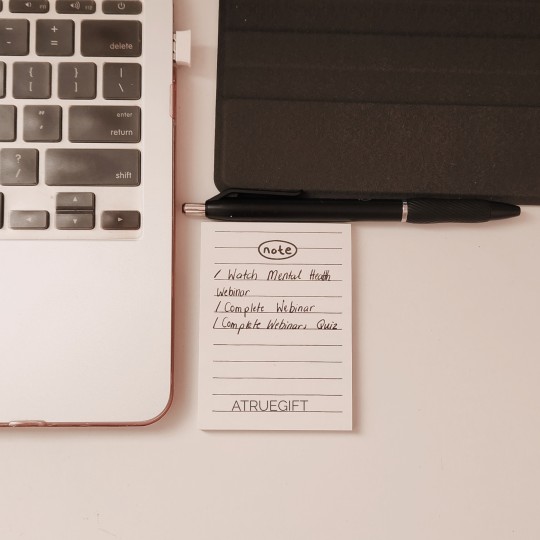

November 09, 2023 °Thursday
Well......well...well.... I'm back!!! Truth be told, I have been wanting to post and update you guys but I have just been really busy with work. I do miss this site and posting updates on here so I do hope to return to posting regularly.
#academia blog#academia vibes#academic blog#academic#dark academia#academia#study stuff#studyspiration#study blog#studyblr#study blogger#academia aesthetic#studying aesthetic#studying vibes#studying mood#notes#checkist#library aesthetic#mine#atruegift
10 notes
·
View notes
Text
What happened in archaeology during the 20th century? - Part 2
As mentioned in the previous article, during the time before 1960 in the 20th century, the focus was on methodological improvements in archaeology. From 1960 on, the focus was on theoretical improvements in archaeology. This does not mean that the 1960s marked a clear line between methodological and theoretical development in archaeology. This means the majority of events and concerns in the discipline were slightly different before and after 1960.
What happened in archaeology after 1960s?
From 1960 on, archaeology transformed into a new version of itself. We refer to it as “New Archaeology”. So, the birth of new archaeology is the main thing that happened in archaeology after 1960.
What is New Archaeology?
In new archaeology, the main focus is on studying the cultural processes of past human societies. As you may remember, in the background era of archaeology, the focus was to discover the legendary cities of the past. In the Renaissance era, the focus was to collect antiquities and study the history of antiquity. Then, in the 19th century, the focus was on studying the history of humans and their culture. Again, in the 20th century before 1960, the focus was the same. Then, only after 1960, scholars started to study how human cultures were born, evolved, and changed.
In simple words, before this new archaeology, what archaeologists studied were random and independent events in the past related to humans. But with new archaeology, they studied how those events in history connected with each other. They studied how both intentional and accidental acts of human ancestors have shaped their culture. How did the things that past humans did as well as the things that happened to past humans shape the cultures of past humans? They examined. So, as archaeologists focused on this process of birth and evolution of cultures, we call this processual archaeology.
Read full article on New Archaeology: Processual Archaeology at kamalsjournal.com
Other than the birth of New Archaeology, there were a few important events and trends that occurred after the 1960s, as listed below:
Scholars like Lewis Binford introduced new theories that resulted the emergence of new archaeology
Gordon Childe had introduced his theory of the Neolithic Revolution, explaining how human ancestors domesticated animals and plants. He said that after the domestication of animals and plants, establishing settlements and making pottery took place in order. Archaeology became the scientific discipline to test these theories.
The extensive use of technology to analyse and interpret data
Studies transformed into problem-oriented studies. Scholars began to conduct studies to find answers to research questions.
The studies focused on providing more rational conclusions than ever.
Archaeologists introduced Rescue archaeology, or salvage archaeology, to save archaeological monuments and sites as warfare and development projects were causing huge destruction to them Soon, Archaeological Impact assessments became a necessity before development projects.
In 1970, scholars introduced cultural resource management to protect valuable archaeological sites and monuments. Then, they introduced archaeological heritage management and cultural heritage management too.
So, the new archaeology is an upgrade of archaeology that emerged in the 1960s with better theories and methods, focusing on studying the cultural processes of the human past through material data.
What Happened in Archaeology After 1980?
After 1980, the new archaeology was questioned, and a new version emerged, named post-processual archaeology. Scholars like Ian Hodder introduced new theories for archaeology. This age was literally a period of theoretical reform in archaeology. In order to understand archaeology in this age, the characteristics of new archaeology and post-processual archaeology can be compared.
The new archaeology focused on quantitative results. Post-processual archaeology focused on qualitative results.
The new archaeology was pessimistic. Post-processual archaeology was optimistic. In new archaeology, it was believed that past human cultures were never able to be reconstructed with the limited data found in archaeology. In post-processual archaeology, the approach was optimistic regarding the matter.
New archaeology focused on the processes that were behind creating antiquities. Post-processual archaeology focuses on the culture behind antiquities.
The new archaeology focused on explaining past landscapes as cultural processes. Post-processual archaeology focuses on cultural or cognitive aspects of past human beings.
New archaeology considered that past incidents happened that way because of external factors such as environmental conditions, and things only changed when the environment changed. But post-processual archaeology considers the choices made by humans in the formation of history.
New archaeology looked into the past from the same point of view as we look into the present. But post-processual archaeology looked at the past from different perspectives.
New archaeology tried to understand the past as patterns of social, economic, and political anomalies, but post-processual archaeology tries to understand the past as a collection of individual anomalies. As an example, in new archaeology, it will be said that the Stone Age is followed by the Bronze Age, and the Bronze Age is followed by the Iron Age as a pattern, with some minor exceptions, due to the nature of the impact from the environment. But, in post-processual archaeology, it will be specific with the place and time where and when the Stone Age was followed by which, either bronze, copper, or iron, considering the individuality of incidents and trends that occurred in the history of mankind due to the cognition of mankind, not the environment.
Read full article on Post-Processual Archaeology at kamalsjournal.com
Summary
As discussed above, the discipline of archaeology, which had already emerged in the 19th century, was developed further as a science in the 20th century. In the first six decades of the 20th century, the use of technology extensively developed archaeology as a science in practical ways, such as chemical dating methods.
Then, in the 1960s, the theoretical evolution of archaeology took place. Rather than explaining the story behind antiquities, the past human cultural process was studied with the use of antiquities, marking the first origin of the form of archaeology we have today, which is ‘studying through material data’. And also, archaeological heritage management was introduced to have standards for dealing with archaeologically important heritage.
Then, in the 1980s, with post-processual archaeology, the approach to archaeological studies changed. Earlier, mankind’s cognition was neglected when recreating the past through material remains. There, the environment was considered the force of evolution. Simply put, it said that human culture had changed due to environmental changes. But, in post-processual archaeology, it was said that human culture changed mainly due to the intelligence humans had. As humans, we could choose whatever we wanted with our intelligence. Further, it emphasised that the past is not a pattern but a collection of various occurrences that happened at various times and in various places individually.
As of today, the archaeology we refer to is this post-processual archaeology. So, this is the long process of the origin of archaeology. However, there is an ongoing, never-ending debate about processual archaeology vs. post-processual archaeology.
At this point, if you read all seven articles, I am sure you probably get the same image in your head as I do when I hear “History of Archaeology”. And now, most probably, you have your own idea of the origin of archaeology too.
#archaeoblr#archaeology#archaeologist#archaeology for all#archaeology student#origin of archaeology#history of archaeology#20th century archaeology#archaeology in the 20th century#archaeology in the 60s#archaeology in the 80s#new archaeology#processual archaeology#post-processual archaeology#kamalsjournal#chanakakamal#empowering curiosity#inspiring understanding#sharing knowledge#academic blog
3 notes
·
View notes
Text
Reader:
Westera, W., Prada, R., Mascarenhas, S., Santos, P.A., Dias, J. and Guimarães, M. (2019) 'Artificial intelligence moving serious gaming: presenting reusable game AI components', Education and Information Technologies, 24(6), pp. 3451-3475. Available at: https://link.springer.com/article/10.1007/s10639-019-09968-2 (Accessed: 22 December 2024).
The relationship between computer games and artificial intelligence has been traced since the initial program in the subject - chess. Artificial intelligence has brought improved versions of computational intelligence, algorithms, machine learning, and combinatorial game theory. Such artificial intelligence methods have been used in computer games to improve game graphics, level and scenery designers, shop lines, player profiling, control level complexity, and introducing AI behavior into non-playable games. Although the gaming industry still remains reluctant because it knows the "knowledge paradox", which means that the more the government spends money on science and technology, the fewer jobs are created and the GDP does not increase. The European Commission has called on the research and industry association GAME to tackle the problem. New developments in gaming artificial intelligence include game software elements such as Player Experience Modeling (PEM), Natural Language Processing (NLP) and Advanced Non-Playing Character modeling (NPC).
Edward Goh, Omar Al-Tabbaa, Zaheer Khan (2023) 'Unravelling the complexity of the Video Game Industry: An integrative framework and future research directions', Google Scholar. Available https://www.sciencedirect.com/science/article/pii/S2772503023000609 (Accessed: 22 December 2024).
The video game industry (VGI) has grown rapidly over the past four decades since its inception in the mid-1970s and 1980s, becoming the largest and fastest-growing segment of the entertainment industry. This paper aims to fill these gaps by reviewing the evidence-based VGI research agenda, discussing key themes and empirical results. The review procedure adopted in the review is Systematic Literature Review (SLR), which helped to collect, synthesize and report data derived from 84 empirical articles in the study period between 2007 and 2022. Examples of main topics are as follows: customer experience or interaction, innovation networks, applications geographic information sciences and decision-making platforms. From a business and management point of view, the main areas of interest are therefore product ecosystems, pricing strategies, users and business models. The VGI field goal research methodology consists of quantitative predictive modeling and management suggestions.
Jan L. Plass, Bruce D. Homer, Andrew MacNamara, Teresa Ober, Maya C. Rose, Shashank Pawar, Chris M. Hovey, and Alvaro Olsen (2020) 'Emotional design for digital games for learning: The effect of expression, color, shape, and dimensionality on the affective quality of game characters', Learning and Instruction, 70, p. 101194. Available at: https://www.sciencedirect.com/science/article/abs/pii/S0959475217304139?via%3Dihub (Accessed: 23 December 2024).
This study investigates emotional design in digital learning games by examining the affective quality of game characters. The research examines four factors in the visual design of game characters and their influence on player emotions. Emotions play a significant role in learning processes and outcomes, especially in digital games. The Integrative Model of Emotions in Game-Based Learning (EmoGBL) describes four cognitive and motivational mechanisms influenced by emotions and influencing learning outcomes. The study found that 3D graphics can increase the emotional impact of game characters, especially in digital games. Adult participants judged expression, color and shape as happy or sad when experiencing game characters. Neutral colors, square shapes and neutral expressions were associated with sad emotions.
Raut, Prasad (2018) 'Analysis of immersive virtual reality vs. desktop 3D games. Northeastern University Library', Available at: https://repository.library.northeastern.edu/files/neu:m044cb90q (Accessed: 23 December 2024).
This paper examines the impact of player immersion in Titans of Space 2.0: an educational VR game, delivered through either Immersive VR or Desktop Real Time 3D. Participants were divided into two groups: One of the robotic arm carts was operated using Oculus Rift VR headsets and controllers, while the other was operated with everyday computers. The score analysis revealed the Han group: I think the game is interesting to play, I like the graphics and I understand the controls. Junction group: I like the game, I like the graphics of this game and I have a clear idea about the controls. However, participants who played the Oculus version were less consciously aware of the environment and thought the game was too lengthy. The study also compared the sentiment analysis of gamers who played a PC game using a desktop computer and gamers who used an Oculus VR headset. The study's findings suggest that VR is more suitable for artistic and immersive content, while desktop 3D may be more suitable for learning purposes. Subsequent research should focus on the outcome of a larger sample size in each of the groups to detect a meaningful difference of VR versus Desktop 3D as a gaming medium.
Abu Alatta, R. and Momani, H. (2021) 'Integrating 3D Game Engines in Enhancing Urban Perception: A Case Study of Students' Visualization of Urban Space', ResearchGate. Available at: https://www.researchgate.net/publication/356811401_Integrating_3D_Game_Engines_in_Enhancing_Urban_Perception_A_Case_Study_of_Students'_Visualization_of_Urban_Space (Accessed: 27 December 2024).
It turns out that influencing positive and sustainable changes requires urban design with respect to the values, needs and priorities of citizens. GIS, CAD, BIM, VR, AR, AH and MAI technologies have expanded the possibilities of involving the public, especially communities and other interested parties, in the design of the city. Incorporating game-based urban perception with virtual reality and new technologies can be a very rewarding path, especially in terms of its ability to increase the level of participation and contribution of stakeholders. The following research examines the effects of settings in an interactive 3D game on the level of engagement and spatial navigation in urban design. Interactive game visualization techniques such as Unity have been determined to be more effective as they increase students' perception of space as well as the creativity demonstrated in solutions. The study brings this idea through gamify participatory urban design processes to promote understanding of the technology and provide an analysis of how game engines as a technology can be beneficial in enhancing user learning of urban design and seeking to bridge the gap in understanding between different participants in urban planning processes.
Kattilakoski, J., (2019) 'The Growth of Video Game Industry: Current Status and Future Prospects'. Metropolia University of Applied Sciences. Available at: https://www.theseus.fi/handle/10024/170964 [Accessed 29 December 2024].
The video game industry has seen significant growth since its inception in the 1970s, with a total market worth $137.9 billion in 2018 and expected to reach $180.1 billion by 2021. Key drivers include mobile gaming, new business models, casual gaming, digitization and a shift in culture. Mobile games have become the industry's biggest revenue generator, accounting for 54% of sales. Digitization, especially from companies like Valve, has also played a significant role in the industry. The rise of casual players has increased the industry's potential to attract more casual players. The shift towards free-to-play (F2P) models has led to an increase in the number of female gamers and the introduction of new freemium models, which can be harmful to the gaming community and the reputation of developers.
Gazis, A. & Katsiri, E., (2023) 'Serious games in digital gaming: A comprehensive review of applications', game engines and advancements. arXiv. Available at: https://arxiv.org/abs/2311.03384 [Accessed 30 December 2024].
Computer games are part of the world, especially for children and teenagers. SGs are focused on creating stories, activities that playfully modify learning scenarios and learning processes associated with developing critical thinking skills as well as identifying and solving problems. These can be divided into strategy games, realistic role-playing games, simulation games and government simulation games. Incorporating SG is useful in many areas such as corporate training, business and government sector. Some platforms, such as Unity, usually offer some important tools that are required in game development, which will greatly reduce development time, game maintenance time, and game deployment time. That's why we chose the Unity Game Engine because it's free for game development and licensed for developers, easy to migrate, well-documented, and supports C#. More studies should be done on the application of serious games in different industries and the effectiveness of newer technologies such as virtual environments and cloud computing.
Burgess, J., Muscat, A., Grace, A. and Jones, C. (2024) 'Local issues and global challenges: understanding marketing within the Trans-Tasman video game industry', Creative Industries Journal. Available at: https://www.tandfonline.com/doi/full/10.1080/17510694.2024.2389805 (Accessed: 30 December 2024).
Although considered highly creative, Australia's video game industry is financially weak, with game developers in the country only earning AUD$284.5 million in 2022. This trans-Tasman region, which consists of Australia and New Zealand, has expanded studios, but few have the staff or government funds to support them. The love of industry brought near slavery to labor and adverse workplace practices. Specifically, this document assesses and examines the practice of marketing competence, marketing understanding and marketing activities of video game developers in Australia and New Zealand, informing recognized authorities of the known knowledge relating to the management and business investigations of Creative Industries and video game creation and production. . According to the findings of the study, many developers confirmed that marketing is crucial in the industry, although they do not have the corresponding skills or knowledge.
Somani, S., (2024) 'The impact of acquisition on product quality in the console gaming industry', arXiv. Available at: https://arxiv.org/abs/2406.02525 [Accessed 31 December 2024].
The effects of acquisitions on game quality in the console game industry are evaluated in this paper on a sample dataset of over twenty years of console games. Through this study, the research offers to fill the gaps in existing theories that discuss consolidation in the gaming industry, especially by explaining the quality of products before and after the merger. The article also discusses the effects of the acquisition in relation to game ratings and consumer benefits. The findings suggest that acquisitions increase game ratings, as acquired games receive higher ratings than stand-alone games, although there was a decline two years after the acquisition, likely due to integration and new strategies.
Amano, T. and Simonov, A. (2024) 'What Makes Players Pay? An Empirical Investigation of In-Game Lotteries'. Columbia Business School Research Paper Series, No. 4355019. Available at: https://www.hbs.edu/faculty/Pages/item.aspx?num=63655 (Accessed: 31 December 2024).
Based on the economic and behavioral implications of loot boxes in video games, Amano and Simonov published a systematic review of player spending behavior in 2024. Loot boxes and virtual item lotteries generated more than $15 billion in 2020 and open disputes. Loot boxes are said to be better gaming and more fun, while consumer protection agencies say they are gambling because they attract big spenders. The report also used a mobile game dataset and found that consumers often buy loot boxes as add-ons and that niche consumers buy them for risk and novelty. A comparison of the incentive segments revealed that incentives differ and divide. To illustrate most non-cooperative techniques, the authors simulate game designs where profits beat fun or fun beats profits. From an analysis of the available literature, there is a consensus that spending caps are better than a ban, but monetization methods and ethical issues are on the same scale. There are implications for next-gen game design, addressing the loot box controversy, and game randomness.
#Reader#game design#beingmughal#hertfordshire#study blog#video games#learning games#art#game#academic blog#anime#game art
0 notes
Text
gentle reminder you can rise up from everything. you can recreate yourself. nothing is permanent. you are not stuck. you have choices. you can think new thoughts. you can learn something new. you can create new habits. all that matters is that you decide today and never look back.
#college#education#school#academia#note taking#student#study aesthetic#study blog#study inspiration#study motivation#study notes#study tips#studyblr#studyinspo#studyspo#uni life#university life#university#academic validation#chaotic academia#light academia#dark academia#motivation#motivating quotes#motivational quotes
26K notes
·
View notes
Text

#study blog#studyblr#digital diary#study space#girlblogging#light academia#chaotic academic aesthetic#academia aesthetic#chaotic academia#dark academia#twitter#twitter post#tumblr girls
17K notes
·
View notes
Text






half of her beauty is brains
#books#books and reading#aesthetic#dark academia#girlblogging#reading#light academia#this is a girlblog#academia aesthetic#dark academia moodboard#dark academia aesthetic#dark aesthetic#studylr#study aesthetic#studyblr#poetblr#poets on tumblr#autumn academia#academia moodboard#classic academia#academia#books and coffee#books & libraries#light academic aesthetic#chaotic academia#study blog#booklr#poetic#quotes
4K notes
·
View notes
Text

Portrait of a White Cat Seated Before a Mirror
— by an Austrian cat painter, Carl Kahler
#art#artist#cat#cats#artblr#painting#paintings#oil on canvas#oil painting#classic academic#light academia#dark academia#aesthetic#fine art#classical art#historical painting#art history#artists#art gallery#art blog#art community#animals#pet#pets#animal
4K notes
·
View notes
Text

#me core#study#study motivation#studyblr#academic validation#inspiring quotes#studyspo#study blog#quoteoftheday#student#relatable#girlblogging#study inspiration#study aesthetic#funny post#shitpost#im just a girl#quotes#desi things#desi girl#being desi#girl core#light academia#dark academia#tumblr memes#memes#desi shit posting#whisper girl#desi tumblr#tumblr girls
6K notes
·
View notes
Text
Guess who got class ranking #1/178 🙏 (I’m genuinely so proud of myself, especially with all the family difficulties and health problems I’ve faced this semester. Just remember y’all, you can do whatever you put your mind too. 🫶)
2 notes
·
View notes
Text


September 05, 2023 °Tuesday
A bit late, but better than never review on all the books I read in August. I hope that I can read more books in September 🌻💫
What was your favorite that you read in August? Mine has to be 'Never Fall For Your Fiancee' 🪷✨
#books#bookworm#booksbooksbooks#books to read#book review#book#bookblog#bookblr#book blogger#book blog#reading#tbr#August#aesthetic books#books aesthetic#aesthetic blogger#aesthetic#academia blog#academia vibes#academic blog#academia#academia aesthetic#book stack#book rating#fall#fall vibes#books and literature#mine#atruegift
5 notes
·
View notes
Text
“it'll all be worth it in the end,"

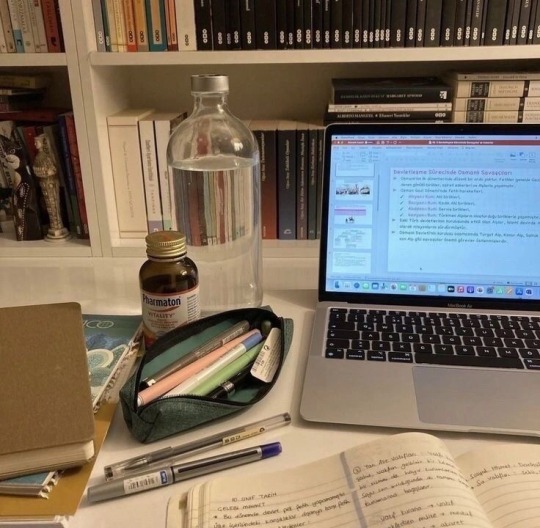
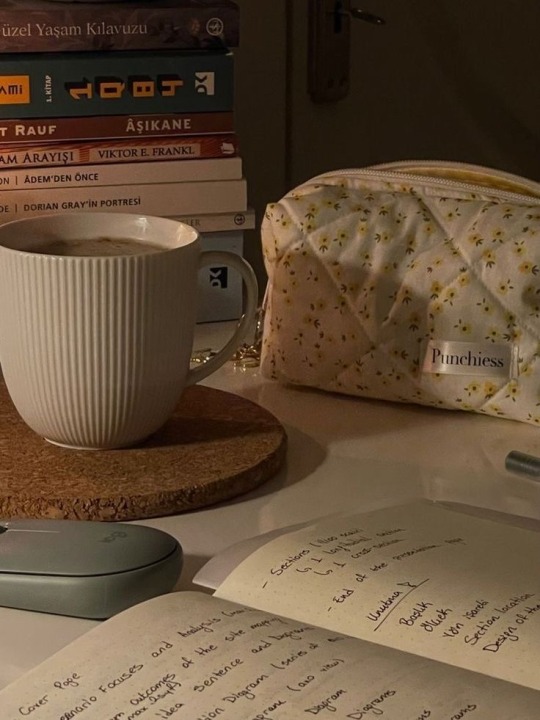
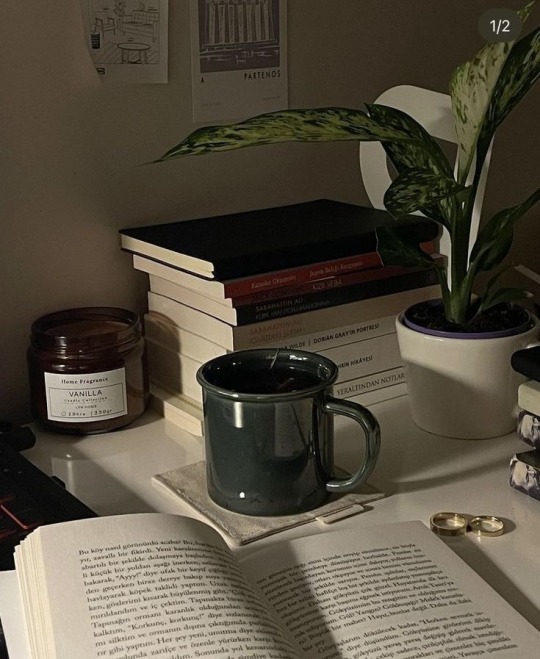
#high school#life#student life#student#student blog#study blog#study#studying#study motivation#academic weapon#academic validation#academic motivation#school#studyblr#university#study inspiration#study aesthetic#study icons#study quotes#pinterest#study tips#study advice#motivation#motivational#mindset#growth mindset#consistency#exams#college life#college aesthetic
3K notes
·
View notes
Text
⠀ 。゚゚・。・゚゚。
゚。 horror movies and my bed
゚・。・゚
#wednesdays full of woe#dark academia#light academia#books#academic libraries#literature#dark acadamia aesthetic#poems#dark academia moodboard#libraries#horror#horror movies#halloween horror#horror blog#horror halloween#spilled ink#chaotic academia#book aesthetic#dark aesthetic#poems on tumblr#studyspo#book romance#halloween aesthetic#halloween moodboard#gothic#gothic romance#alternative goth#gothic bats#goth aesthetic#halloweencore
4K notes
·
View notes
Text




New setup for a new academic challenge! (I'm starting a PhD)
#study space#girl blogging#alternative girl#study blog#studyblr#tired academia aesthetic#academiacore#light acadamia aesthetic#study abroad#studyspo#study with me#phdblr#phd student#phdjourney#thesecrethistorian's PhD journey#academia#academic weapon#chaotic academia#history#thesecrethistorian
3K notes
·
View notes
Text
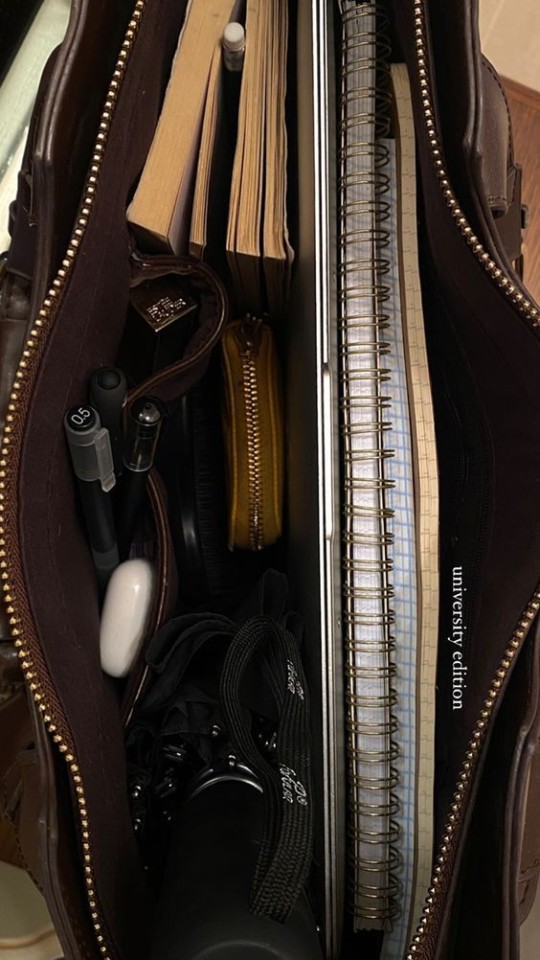
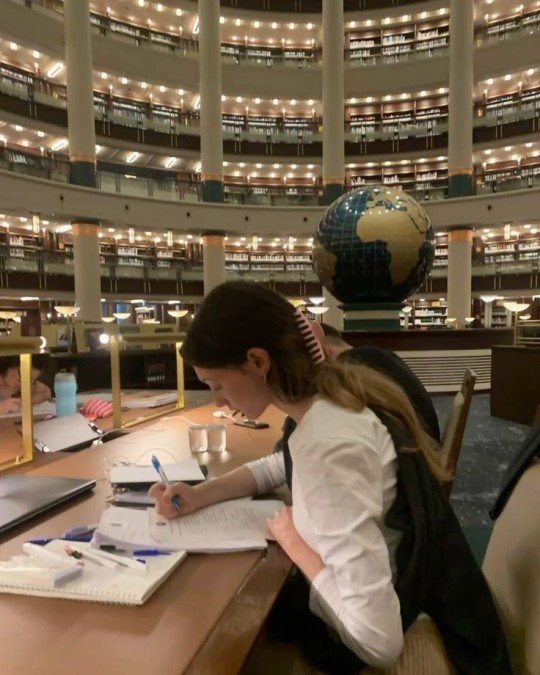
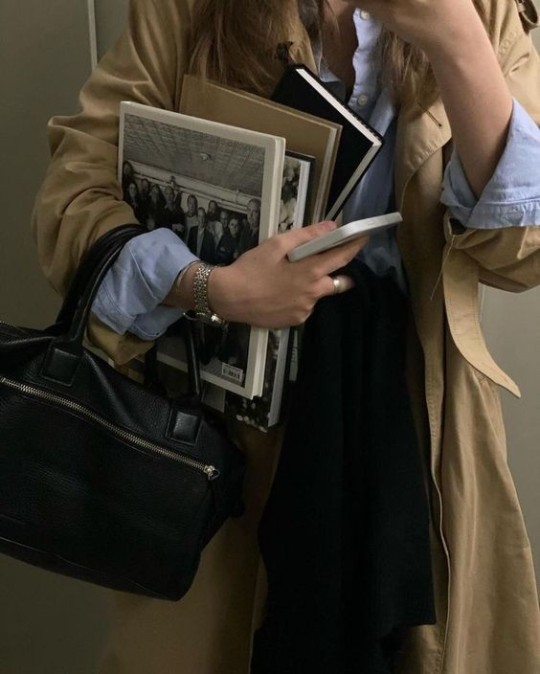
it gets easier. everyday, it gets a little easier, but you gotta do it everyday. that's the hard part. but i promise it gets easier.
#college#education#school#academia#student#study aesthetic#study blog#study inspiration#study motivation#note taking#i should study#college student#student life#studying#study community#study notes#study space#study tips#studyblr#studyblr community#studyinspo#studyspo#uni student#university life#uni life#university#light academia#academic overachiever#dark academia#academic validation
3K notes
·
View notes
Text
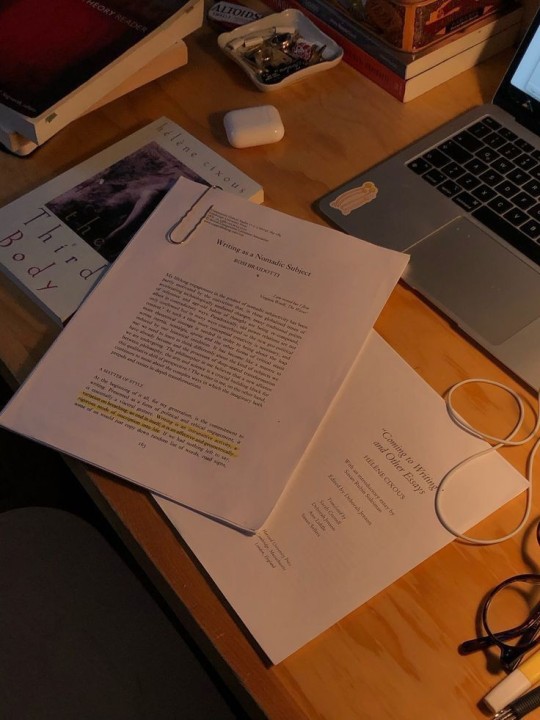
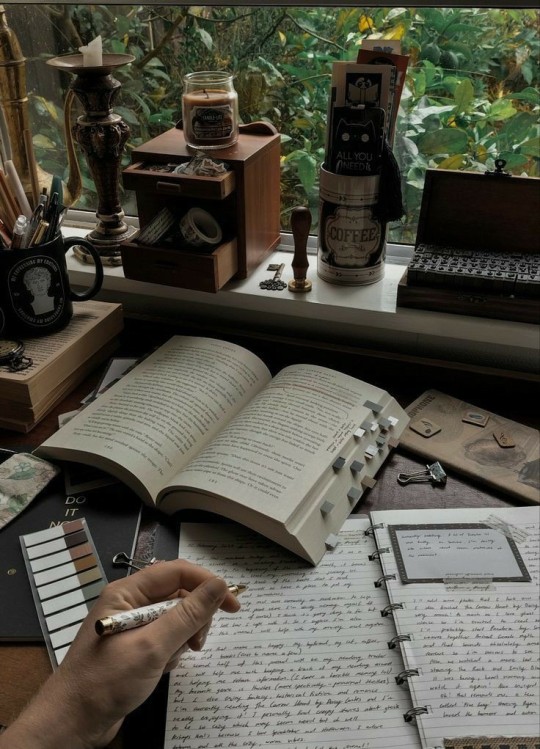
I will succeed. Not immediately. But definitely.
#study motivation#studyblr#quotes#study inspiration#studyspo#studying#study blog#study goals#study motivator#student#harsh studyspo#study aesthetic#studyblr community#bella_studies#college#education#school#academia#note taking#study notes#study tips#studyinspo#uni life#university life#university#academic validation#chaotic academia#light academia#dark academia#motivation
6K notes
·
View notes